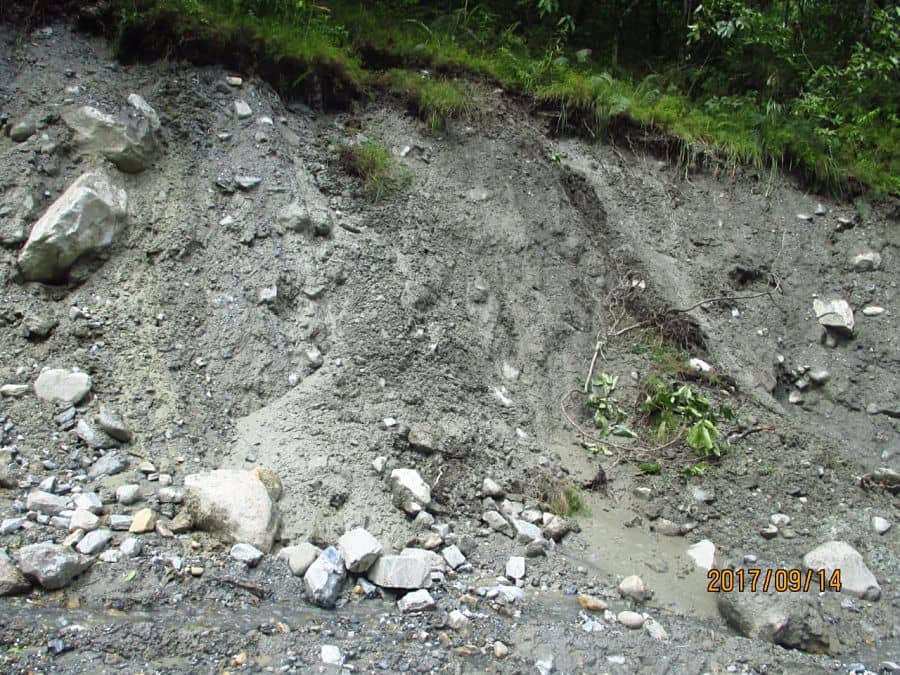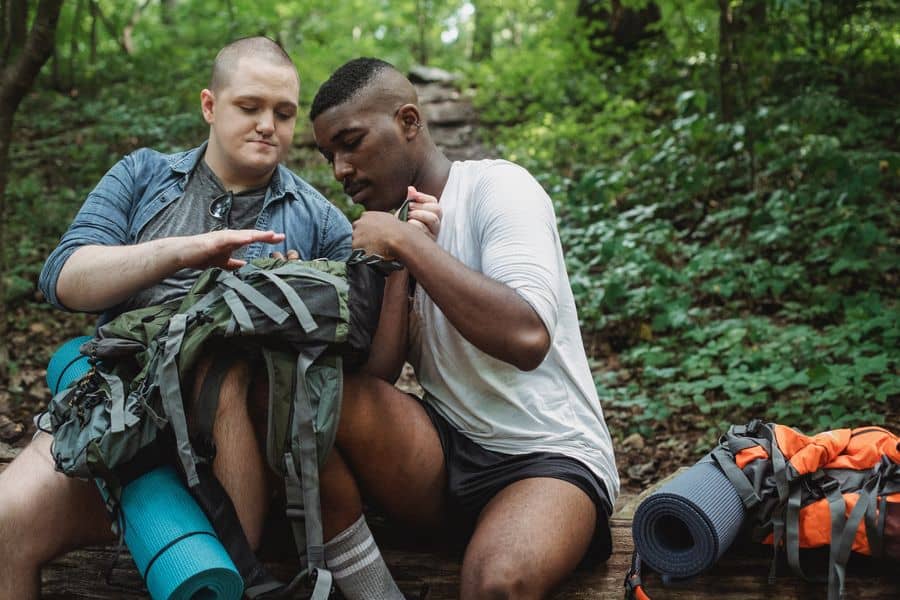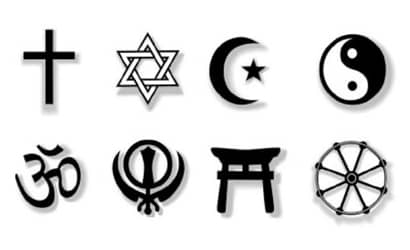
Sun koshi River Rafting
Duration
10 Days
Maximum People
25
Minimum Age
18+
Sun Koshi River Rafting is one of the most challenging rafting. With its flow from the northern Himalayas of Nepal and Tibet, it pierces all the way down to the river of Ganges. Because of its confluence into the Ganges, it has been regarded as Holy River by Hindu followers. The Shiva temple established in Dumja village which has been reputed as the first Shiv temple of Nepal nearby the river has fascinated and signified the reverence of the river. About 65 kilometers to the east of Kathmandu is located a place named Dolalghat from where the rafting gets started in the white and jade water of Sun Koshi River which continues for about 272 kilometers. The name has been interestingly given to the river after its reputation as the river where in its sand could be found the gold.
Enjoying the green jungle and natural setting crowned in the side of the river while rafting in the holy water of the Himalayas, the rapids will be grade 3 in the beginning of the rafting. However, the rapids and challenge gets increased as the journey flows down and further. It will be an amazing mixture of beginners and intermediate level of rafting starting at Dolalghat and concludes at Chatara, the distance of one hour from Biratnagar in vehicle.

Ready-to-book adventures, personalized
Personal
Make your adventure more youMake your adventure more you - Self join
Group
Enjoy a tour with like minded people - Anyone can join
Private Group
Travel with your group - Only your circle join
Itinerary
Day 01: Kathmandu to Dolalghat
Drive to Dolalghat (3 hours) from Kathmandu. And rafting for Tarang Gaon where the overnight camp will be held.
Day 02: 4 hours of Rafting
Approximately 4 hours of rafting from Tarang Gaon to Dumja Village.
The most remarkable part of the rafting of this day will be Khuei Bhai rapid where you need considerable amount of care and caution.
Day 03: Rafting from Dumja Village to Khurkot
Dumja Village to Khurkot for 6 hours of rafting.
It will be the day which will allow you to see the fishing village named Kodari as well as the Chamera Bhir where many bats are clinging on the huge cave-like wall of cliffs chirping clamorously.
Day 04: 5 Hours Rafting
Khurkot to Likhu Khola for about 5 hours of rafting.
Some Rai communities are seen. The area will suit for some photo clicks.
Day 05: 6 Hours Rafting
Likhu Khola to Harkapur village will take the rafting time of about 6 hours.
Deeper gorges are floated along with the glimpse of monkeys frolicking in the trees on the edge of the rivers as well as on the water.
Day 06 : of Sun koshi River Rafting
Harkapur Village to Rai Ghat rafting approximately for 6 hours.
Bridge Rapids, Krishna Rapids, Mangal Rapids and Roller Coaster Rapids all will the challenges of the day where Manga Rapids stands out for its convergence point to Dudh Koshi River. It may be the most adventurous and breath-taking rafting experience of the whole rafting trip.
Day 07: Rafting at Rai Ghat to Bander Ghat
Rai Ghat to Bander Ghat around 6 hours of rafting.
Sap Pu Khola Rapid will still be challenging you here.
Day 08: 6 hours Rafting at Bander Ghat
Bander Ghat to Bonjur Ghat around 6 hours of rafting.
The last daring point where Mardheku gorge is waiting for you.
Day 09: of Sun koshi River Rafting
Bonjur Ghat to BarahKshetra nearly 6 hours of rafting.
The wider water of the river as it descends down to this point will remind and reminiscence you of those heart-throbbing and mind-boggling rafting excitement during this long expedition.
Day 10: Return Back
Bharahkshetra to Chatara will be the short rafting experience about one or two hours.
Drive to Biratnagar and flight to Kathmandu will one option whereas the idea of taking bus to Kathmandu will also be fine.
Make An Inquiry
Fill the form for more details
Related Tour Packages

POSSIBILITY OF GEO TOURISM IN NEPAL | BENEFITS OF GEO TOUR IN NEPAL
Nepal is a country located between the two big countries India and China. Located between the two giant landmasses, Nepal has no direct access to the sea. India covers Nepal from east, west and south while China borders it from the North. Nepal is exceedingly minor...

TOP 20 REASON TO VISIT NEPAL – ALL REASON TO TRAVEL NEPAL
Nepal is a beautiful country located at the south of Asian continent. It is situated between the giants India and China. Located between these two countries, Nepal has no direct access to the sea and is a landlocked country. The total area of the country is, 147,516...

SPIRITUAL TOURISM IN NEPAL | RELIGIOUS TOURISM IN NEPAL
Why Spiritual Tourism in Nepal Nepal is a beautiful country located between the giants India and china. The beautiful country is known for many things like its geography, unique flag, natural resources and many more. Moreover, the country also has quite a reputation...

8 GUIDELINES FOR ECO TREKKERS AND TREKKING STAFF
The definition of eco trekking varies from country to country and the wide use of the term. However, the most prominent definition of the word is a type of trekking with a defined purpose and positive impact. Nowadays, eco trekking is becoming increasingly popular due...

MOUNTAINEERING AND TREKKING HISTORY OF NEPAL
Tourism is one of the major occupations of Nepal due to its natural resources and its beauty. Aside from other activities in tourism, the trekking history of Nepal and mountaineering has its own space in tourism sector of Nepal. While trekking and mountaineering is at...

RELIGION IN NEPAL – 4 MAJOR AND OTHER MINOR RELIGIONS OF NEPAL
Nepal is a beautiful country located between the gigantic neighbors India and China. It has area of 147,516 km sq with the population of 28.09 million. The well and widely known fact about Nepal is that it has beautiful mountains, wildlife reserve, and water...
